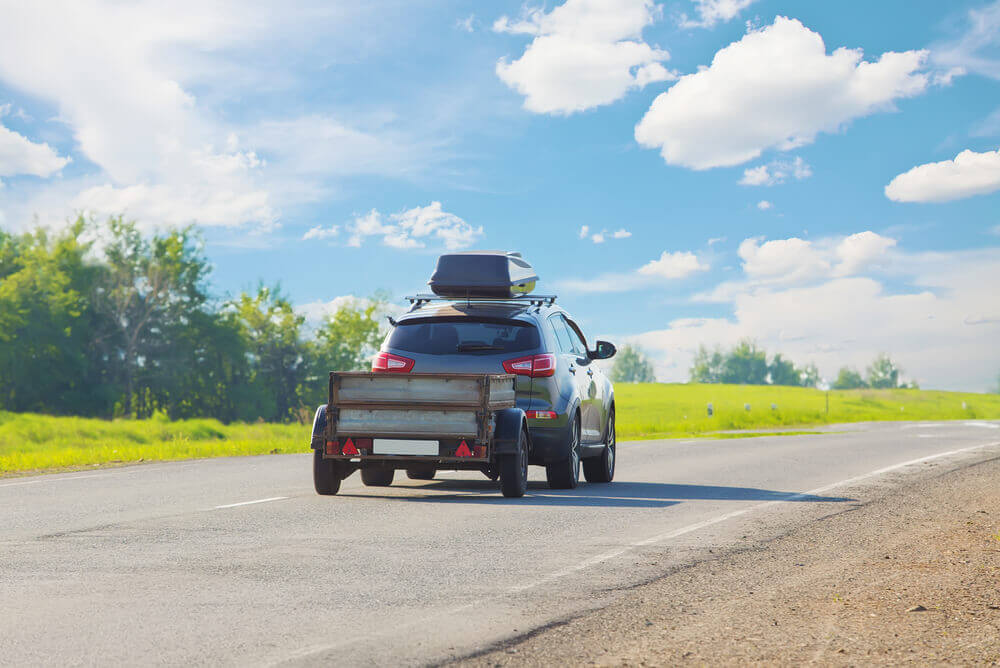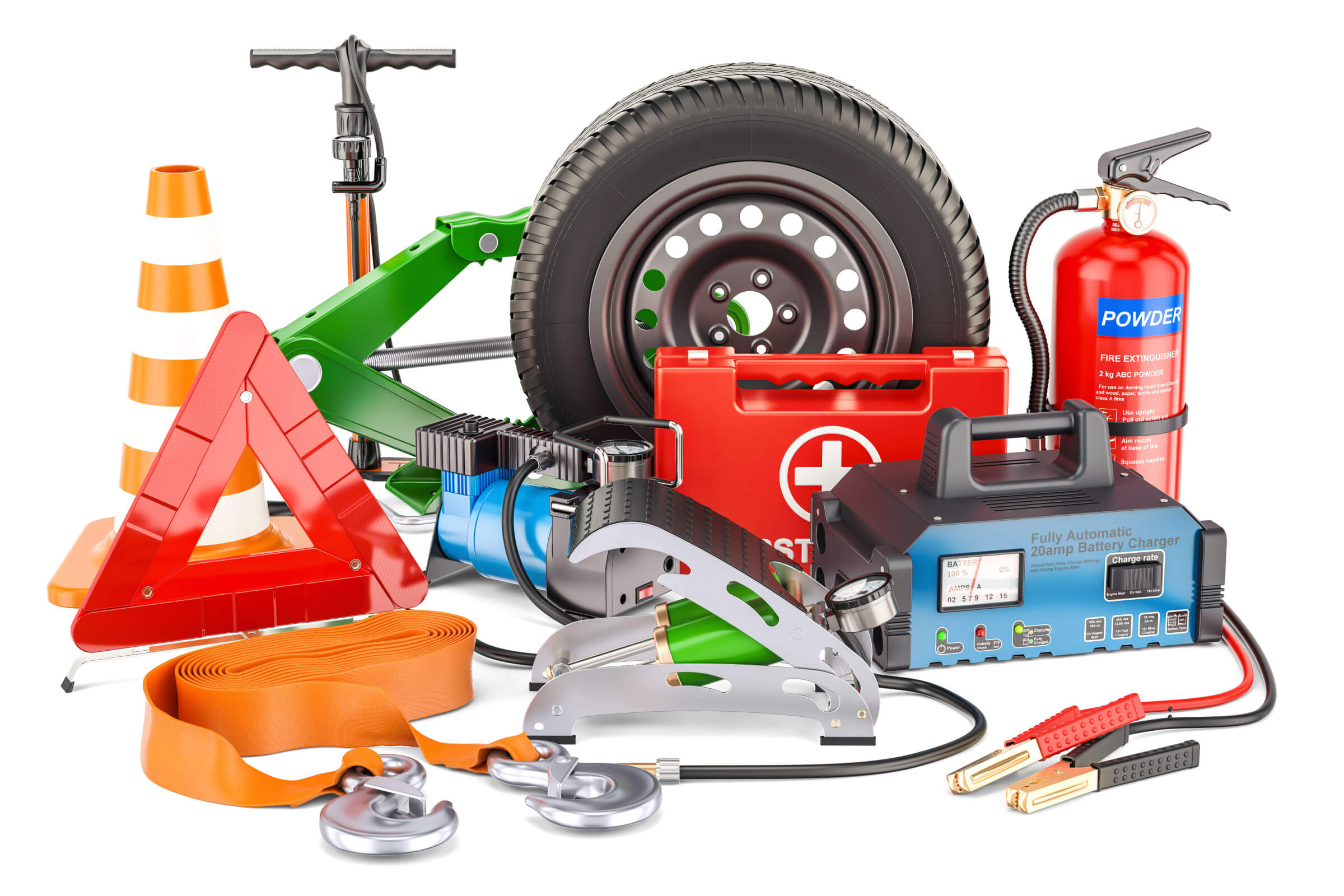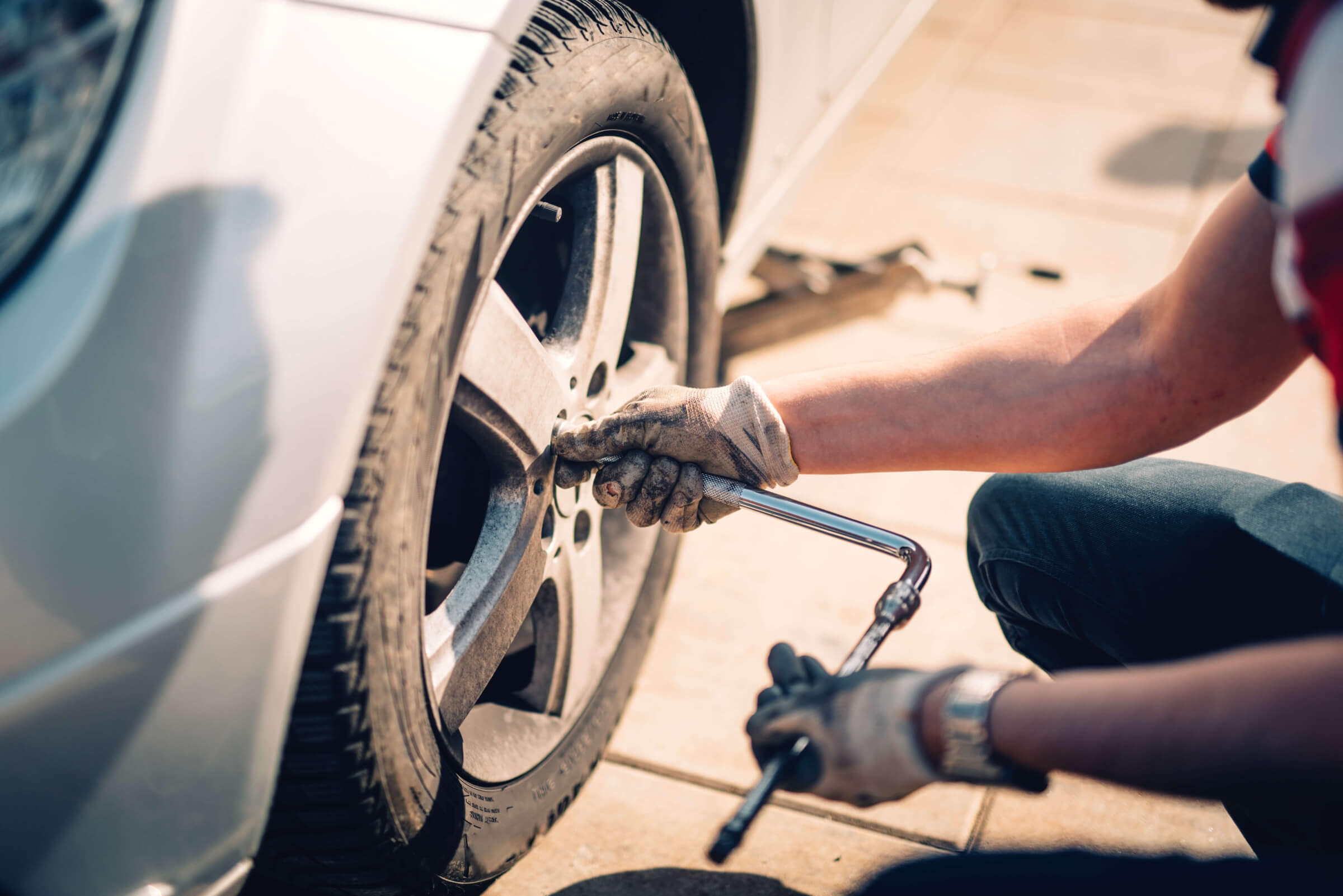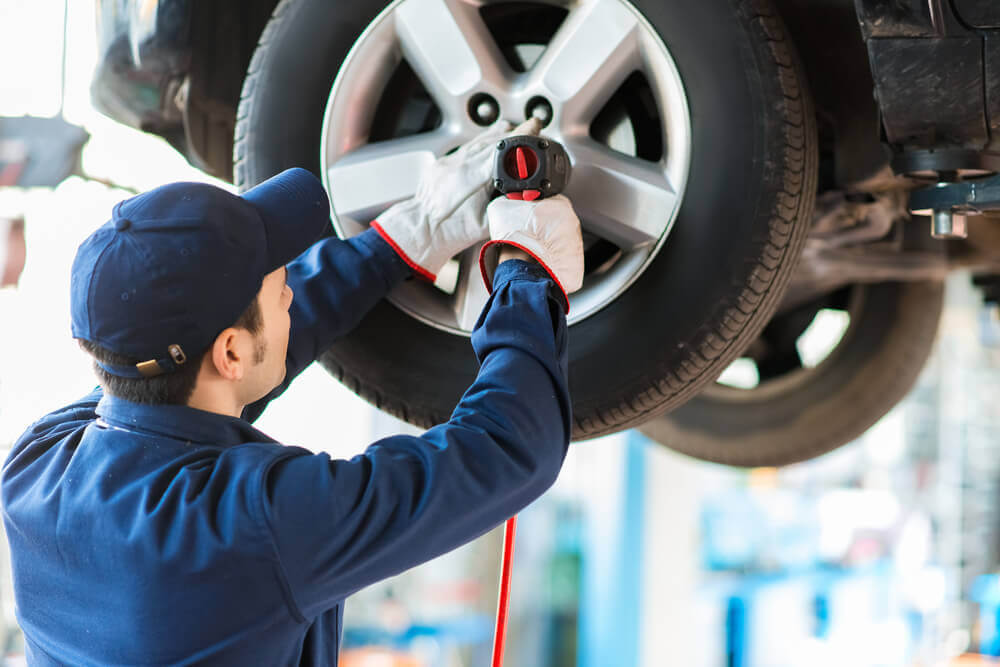It’s spring. Your car is absolutely spotless. You had your tires changed, of course, by going to Blackcircles.ca and its network of recognized installers. And you took the opportunity to carry out all the necessary maintenance tasks. And of course, you checked all the 125 elements of a healthy mechanical inspection (ok, maybe I’m exaggerating a bit).
Then you decide to hit the road. Whether for holidays or for work at home, you hitch your pretty little trailer behind your vehicle, and off you go. But there is a catch: while you’ve been so careful with the vehicle, you’ve probably settled for just a routine look at the trailer.
You’ve probably checked the brakes if equipped, but in general, the spring inspection and preparations are pretty sketchy. Not you, obviously, since you are considerate. But all the others…. So we thought we’d put together a little checklist for you to do on the trailer before you hit public roads. Especially if your trailer has slept at the back of the yard, without too much protection.
Be seen
All trailers need lights and reflectors that are both installed correctly and functioning properly. At a minimum, there must be a yellow side marker light and a reflector on both sides of the front. You also have to add a red side marker light and a reflector on both sides at the rear stop and rear lights on both sides at the rear and a license plate light.
Know your limits
Braking and loading requirements depend on the total weight of the trailer. The only sure way to know is to go to the scale and weigh. Once you know the curb weight of your trailer, you have the starting point to decide how much you can put in it.
Check tire capacity
Putting more weight in the trailer than what it is designed to carry can lead to structural failure, which can have serious consequences. Never exceed the load capacity of the trailer or its tires. If you don’t know the tire capacity, ask a specialist. The trailer weight capacities are indicated on the capacity plate, and the tire capacities are often noted on the sidewall.
A real check
Safety chains, tire condition and inflation, load safety and the correct size of the tow ball are among the other considerations that ensure safe towing.
You are ready to go and in complete safety! This is undoubtedly a little 30 minutes of well-invested verification, which will save you many worries.






